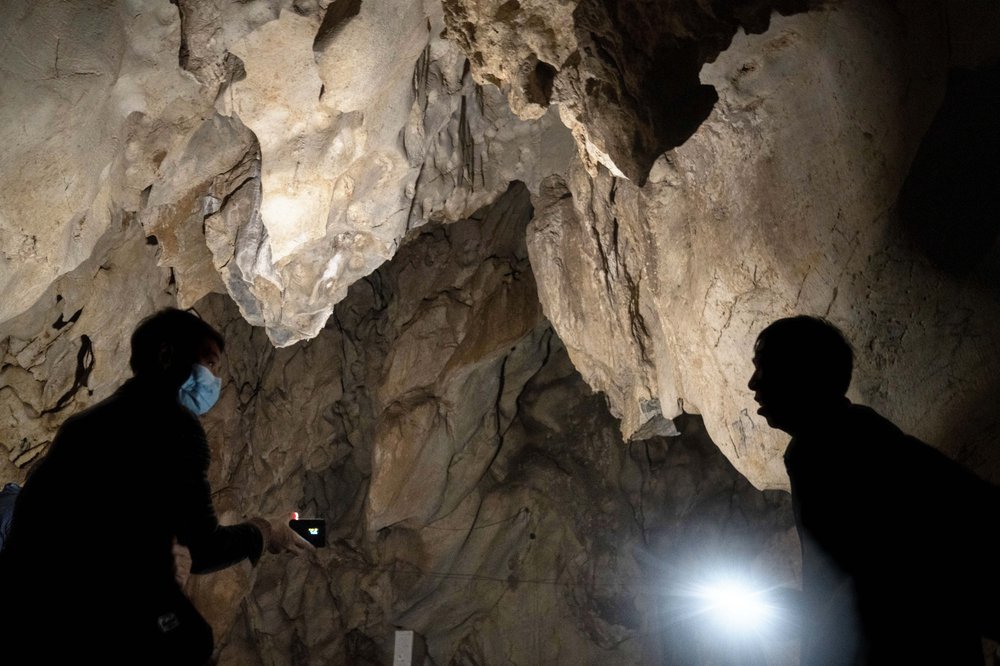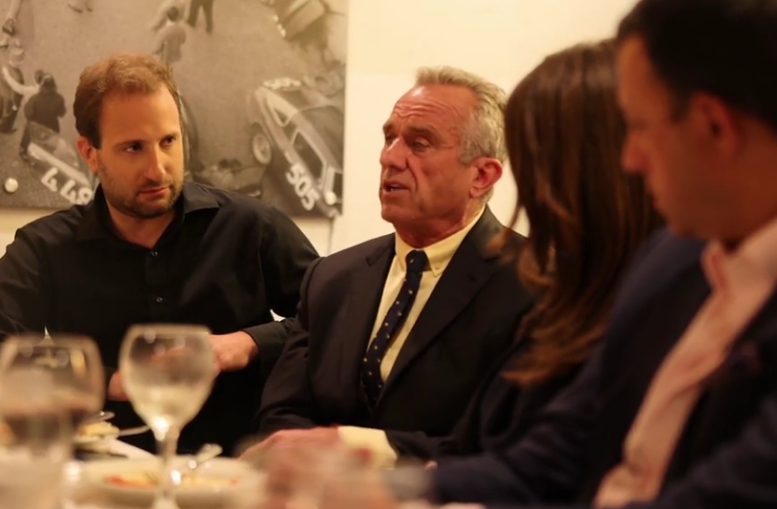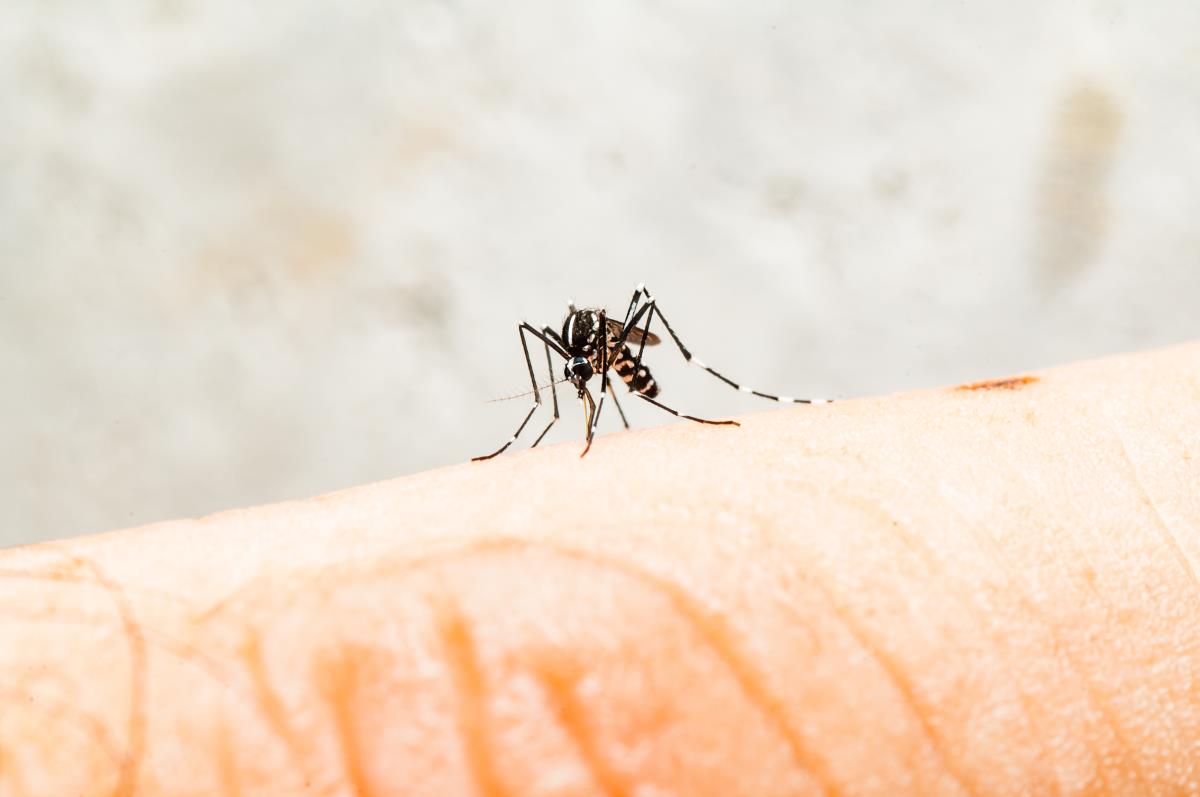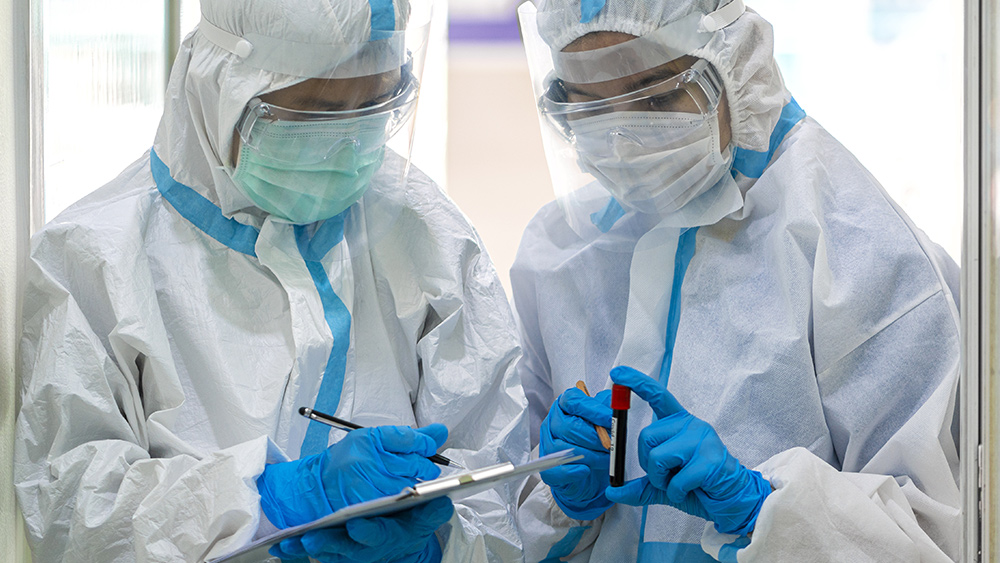
The joint study by China and the WHO said the likeliest transmission route for SARS-CoV-2, the virus that causes COVID-19, involved bats and other wildlife. It all but ruled out the possibility that it had leaked from a laboratory.
In an open letter, 24 scientists and researchers from Europe, the United States, Australia and Japan suggested steps to complete a more comprehensive investigation.
"Calling for a full investigation into the origins of the pandemic by the best available means is not intended to point fingers at any one country. Its purpose is to leave no stone unturned in seeking to understand how this catastrophe began, so we can prioritize efforts to address our greatest shortcomings for the benefit of all people and all nations," the group stated in the letter.
The group claimed the study's conclusions were based on unpublished Chinese research, while records and biological samples critical to the investigation "remain inaccessible." The group also requested a probe involving biosecurity and biosafety experts to study the origins of COVID-19, which was first reported in Wuhan, China in 2019.
Jamie Metzl, a senior fellow at Atlantic Council and a signatory in the letter, said the renewed calls for a more thorough investigation reflected the need for greater monitoring of and restrictions on what viruses can be studied in labs around the world. "This is not about ganging up on China," he said.
Metzl believes the joint study was tainted by politics from the get-go. "Their starting point was, let's have as much compromise as is required to get some minimal cooperation from China," Metzl said.
Responding to the letter on Thursday, April 8, China's Ministry of Foreign Affairs Information Department Deputy Director Zhao Lijian said its "purpose was self-evident" and that countries like the United States, not China, were guilty of politicizing the inquiry into COVID-19's origins.
"They insist on politicizing the issue of traceability, damaging and disrupting China's cooperation with the WHO, discrediting China and publicly challenging the independence and scientific conclusions of scientists," he said.
China-WHO study: "Extremely unlikely" that the virus escaped from a lab
Wuhan is home to several high-security labs, including China's foremost zoonotic disease research center – the Wuhan Institute of Virology. Rumors that the virus escaped from there have circulated since the start of the pandemic.
But the China-WHO study concluded it was most likely that Sars-CoV-2 passed from bats via an "intermediate animal host" to humans, before sparking an "explosive outbreak" in Wuhan. It said that, while possible, it is "extremely unlikely" that the virus escaped from a lab. (Related: Former CDC head believes coronavirus "escaped" from Wuhan lab.)
The investigative team of 34 Chinese and international scientists also said that it remains "possible" the virus entered Wuhan through frozen food, imported from another area of China or even from overseas.
WHO head criticizes China for withholding information
Dr. Tedros Adhanom Ghebreyesus, director general of the WHO, criticized China for withholding information on the origins of the pandemic and warned that the investigation into a potential laboratory leak was "not extensive enough."
In a statement to member states, Ghebreyesus said investigators had reported difficulties in "accessing raw data" and "would benefit from full access to data including biological samples from at least September 2019." He added that all hypotheses for how the virus emerged "remain on the table."
According to Ghebreyesus, the report is a "very important beginning."
"We have not yet found the source of the virus and we must continue to follow the science and leave no stone unturned as we do," he said. "Finding the origin of a virus takes time and we owe it to the world to find the source so we can collectively take steps to reduce the risk of this happening again. No single research trip can provide all the answers."
Ghebreyesus also called for more studies to understand the earliest human cases traced at the Huanan market in Wuhan.
"The team has confirmed that there was widespread contamination with Sars-CoV-2 at the Huanan market in Wuhan, but could not determine the source of this contamination," he said.
Head of WHO mission says China withheld data due to privacy laws
Dr. Peter Ben-Embarek, head of the WHO team of experts that went to China, said that the conclusions reached "should not be seen as a static product" because they could change as more data becomes available.
He added that while some raw data was withheld by China due to privacy laws and time constraints, the country had still provided an "an incredible amount of data."
Ben-Embarek also insisted that the international team was "never pressured to remove critical elements in our report," which was written in collaboration with the Chinese experts. (Related: WHO's "investigation" into the Wuhan lab was conducted in part by a CCP advisor, Marion Koopmans.)
"Of course there was political pressure from all sides, also outside China. But I think we were able to create a space for the science, space for the two groups of scientists to work together," he said.
U.S., 13 other countries express concerns that international scientists lacked access to complete data
On the same day the WHO published its report, the U.S. and 13 other countries issued a joint statement expressing concerns that the report was delayed and that the international scientists lacked access to complete data.
"It is equally essential that we voice our shared concerns that the international expert study on the source of the Sars-Cov-2 virus was significantly delayed and lacked access to complete, original data and samples," they said.
The statement was signed by the governments of Australia, Canada, Czechia, Denmark, Estonia, Israel, Japan, Latvia, Lithuania, Norway, the Republic of Korea, Slovenia, the U.K. and the U.S.
Meanwhile, the European Union said that while they find the report a "helpful first step," they regret the delays and the "limited availability of early samples and related data."
Follow Pandemic.news for more news and information related to the coronavirus pandemic.
Sources include:
Please contact us for more information.























